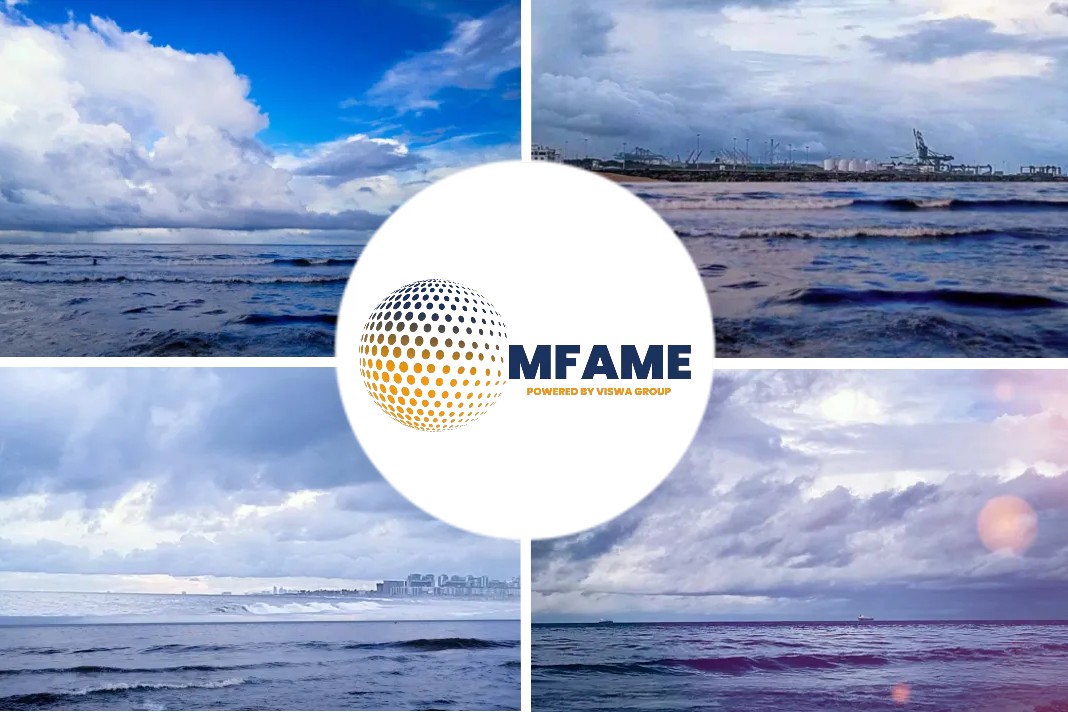Customers requesting comprehensive forensic testing on tainted low-sulfur fuel oil bunkers shipped in the Antwerp and Rotterdam areas have steadily increased over the past few months, according to Brookes Bell (ARA).
Poisoned batch
The poisoning of a batch of high-sulfur fuel oil delivered to Singapore earlier this year precedes this unwelcome news. This event, which this summer resulted in the two-month suspension of Glencore’s licence to deliver bunkers in the port of Singapore, had an impact on over 200 ships.
Ship operators were reporting similar problems in both cases, namely corrosion of the components of the fuel injection systems.
In most cases, the ISO 8217 standard testing had reported the fuel to be on specification.
The Singaporean authorities have since established that high concentration levels of Chlorinated Organic Compounds (COC) (including 1,2-Dichloroethane and Tetrachloroethylene) were present.
In the case of the problematic ARA VLSFO bunkers, the distinct features are high, but within specification total acid numbers (TAN), abnormally high potassium levels and the presence of a range of unusual oxygen-containing chemicals (but no COCs).
However, it is impractical for these specifications to include tests and limits for all possible contaminants that might find their way into marine bunker fuels.
Testing compounds
For the forensic analyst, difficulties arise in knowing what type of compounds to test for.
“Then there is no central database that identifies what compounds and at what levels will lead to problems onboard.”
Brookes Bell’s bunker team is typically commissioned by P&I Clubs on behalf of owners and/or charterers who need a full picture of what has caused their ships’ problems.
In the first instance, the team will often be provided with just the routine analysis of samples taken at the time of bunkering, and a factual chronology, together with photos of damaged parts.
The team might suggest gas chromatography-mass spectrometry (GC-MS) testing with samples drawn from a variety of sources including sludge and storage tanks.
These could include samples from:
- The point custody transfer, typically taken from the vessel manifold as a continuous drip sample
- the storage tanks to establish the quality of the fuel actually delivered
- Before and after purifier samples
- Engine feed samples, to establish what quality fuel was being delivered to the engines at the time of an incident
- Sludge samples were taken from strainers, purifiers and filters to identify any impurities within the bunkers. GC is a technique widely used across many industries, but really became more commonly used for bunker tests in the wake of the 2018 US Gulf-supplied contaminated bunkers. It is used to analyse thousands of compounds in many different matrices, from solids to gases. It is a robust technique and is easily incorporated with mass spectrometry to identify chemical components.
Litigation
The Brookes Bell team will liaise with the laboratory and can provide a chemist as a witness to report on the testing and findings and where necessary, engineers to survey the actual damage.
The client is then provided with an impartial initial report.
From there, if required, Brookes Bell can produce an expert report if litigation is contemplated.
But to be successful in court, evidence will need to have been collected and documented correctly.
The eight-strong team consists of five chemists and three engineers, with significant sea-time experience who are able to provide the necessary multi-discipline expert opinion.
Did you subscribe to our newsletter?
It’s free! Click here to subscribe!
Source: Brookes Bell






















